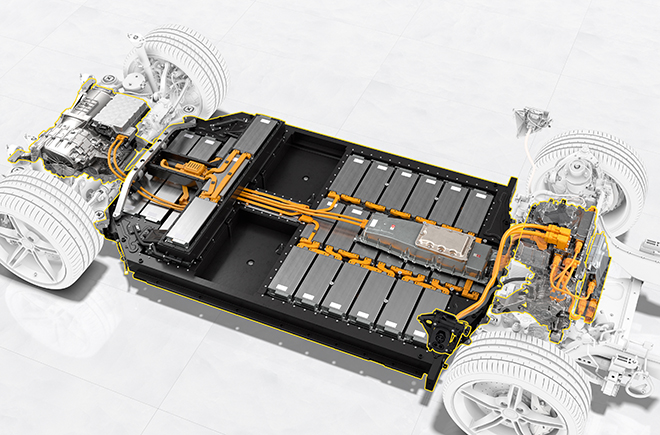Maybe but I always assumed that 800V had way less heat introduced to the system so overall, they were maximizing the batteries capabilities. Right now, cars with a lot of DC fast charging don't seem to be experiencing much higher degradation than cars charged at home...not to mention calendar aging seems to be the biggest component of degradation overall.
Go to the Ioniq 5 forums and some people have been charging exclusively on the EA network as its free for them and they don't seem to be having any loss in range but of course, its only a couple years since the car has been out globally. Of course, Hyundai's 10 yr warranty doesn't hurt either





